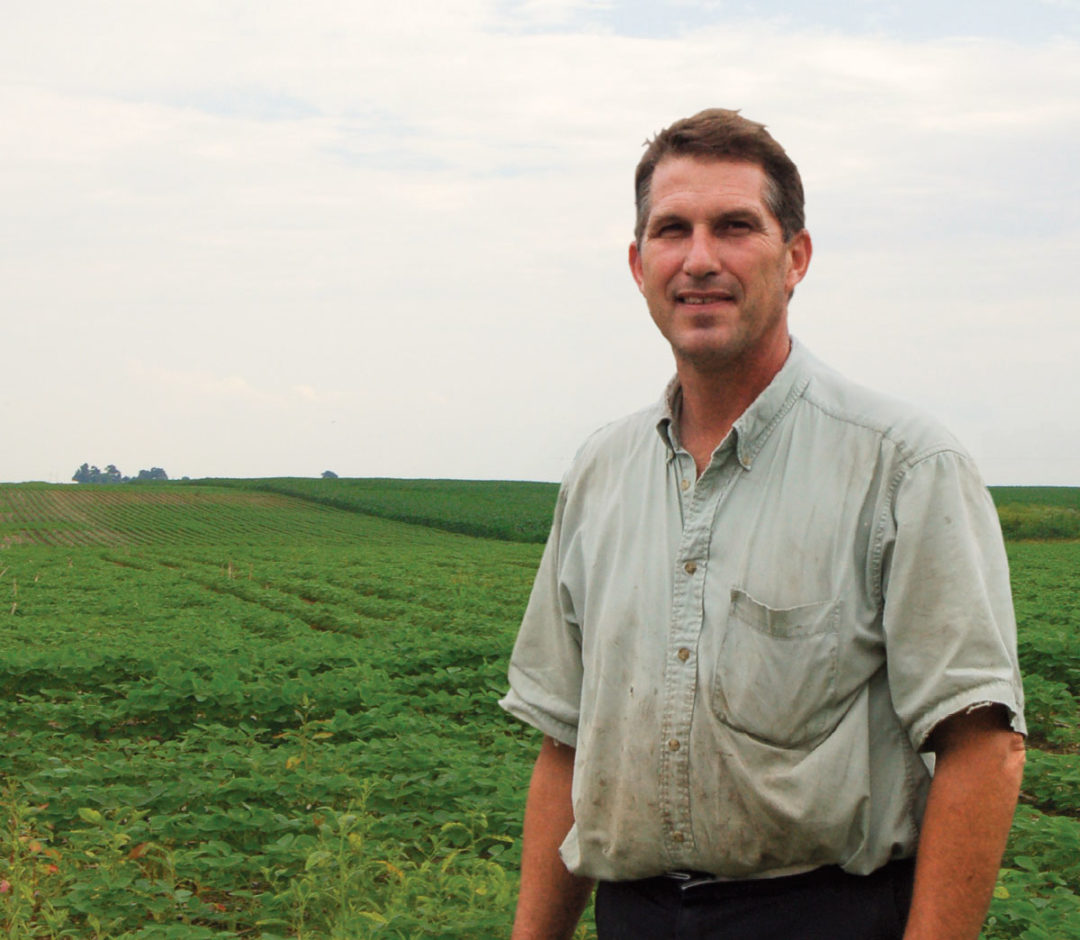No-Till Farmer
Get full access NOW to the most comprehensive, powerful and easy-to-use online resource for no-tillage practices. Just one good idea will pay for your subscription hundreds of times over.

Many no-tillers farming a typical corn-soybean rotation may focus their efforts into high-yielding crops. But one Illinois farm is seeing higher premiums, lower labor costs and more profits by focusing on soybeans.
Matt and Connie Hughes no-till 2,600 acres of corn and soybeans near Shirley, Ill., except for about 100 acres of continuous corn that are typically strip-tilled.
About half of their fields have been no-tilled since Connie’s father, no-till innovator Terry Schneider, made the transition in 1983. The Hugheses came back to the farm in 1992 and fully took over when Schneider retired.
Matt says the size of their farm operation and a lack of available labor in the area, are major reasons for focusing on value-added opportunities in soybeans compared to corn. With the exception of a few seasonal employees, he and Connie are the only ones running the farm.
Another reason for the switch away from specialty corns came when the premiums no longer offset the yield advancements they were getting with commercial production. With the lower profits and extra management that specialty corn required, the Hugheses shifted to soybeans, growing their last non-GMO corn contract in 2005 at a premium of about 45 cents per bushel.

Today, 75% of the Hugheses’ soybeans are produced for seed. They first got into soybean seed production in the late 1990s because of the extra yield incentives and premiums.
“One of the nice things about growing seed is you’re always dealing with the latest genetics and some…